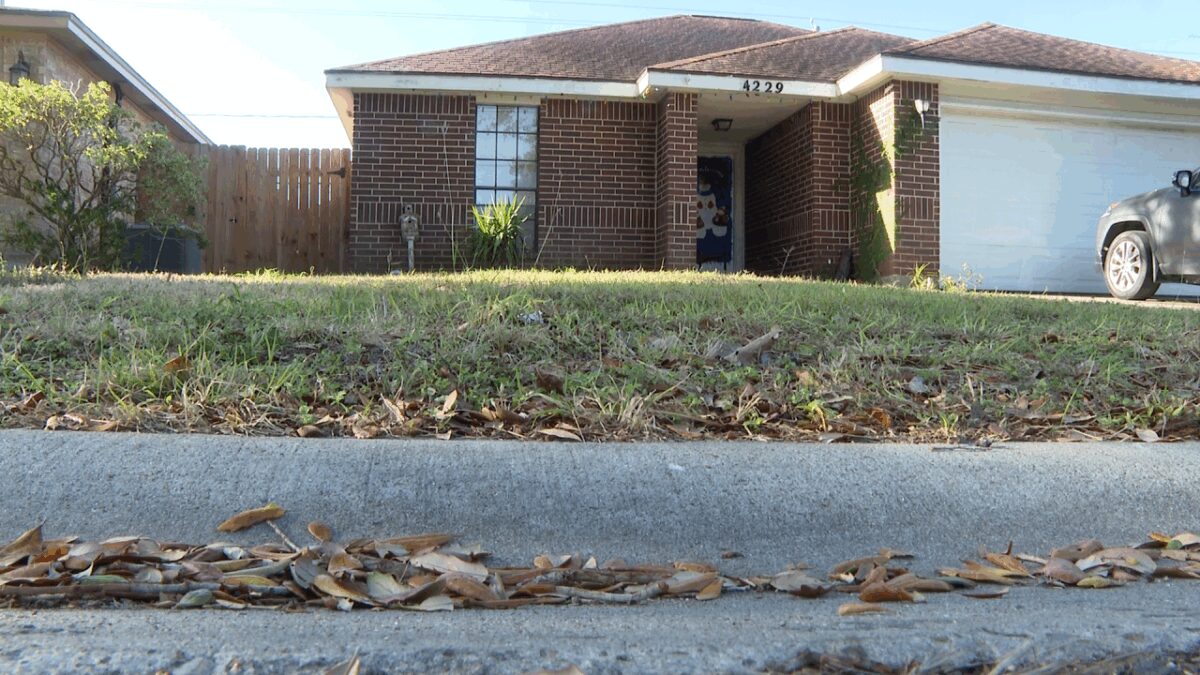By Taylor Hemness
Click here for updates on this story
Missouri (KSHB) — On Oct. 12, 2015, Kansas City, Missouri, firefighters Larry Leggio and John Mesh were killed while fighting a fire near the intersection of Independence and Prospect avenues.
One exterior wall of the building collapsed, burying them both under a pile of bricks.
Their names are likely remembered from the tragedy, but two other KCFD firefighters were buried under the same rubble that night.
They survived, but what exactly does a survivor’s story sound like? I asked one of them to answer that question.
There are a couple of words people always use when they feel like their profession was the only one they were ever meant to have.
“I know it sounds corny, but I always felt that that was what God wanted me to do,” Chris Anderson told me. “That was my … that was my purpose. It was just … it was a calling, and I absolutely loved every minute of it.”
Chris spent thousands of those minutes fighting fires. But he didn’t know that he only had a few minutes of firefighting left when he arrived on scene that October night.
At one point inside the building, surrounded by flames, he had a premonition that, thankfully for him, never came true.
“My captain and I got trapped,” Chris said.
That was when he imagined he was standing in his living room.
“It was very real to me,” Chris said. “And I was looking out of our window, and watching the chief’s buggy pull up, and the captain and the chief getting out to come and inform my family [that I had died.] It was just a very real feeling.”
What actually happened was other firefighters guided Chris and his captain out of the burning building.
He ended up in the alleyway spraying water into a pair of windows, unaware his firefighting career was just seconds from being over.
“Right above the two windows, the bricks bulged out about six inches,” he said. “And I spun on my … on my right knee, to get my back to the building, to get behind my fire truck. From seeing the bulge, within a second, I was hit by bricks. As soon as I got my back to the building, that building was down.”
Chris, called to be a firefighter, was now buried under a collapsed wall of brick.
“When I shifted my shoulder, there was a small hole that opened up by my left wrist,” he remembered. “And I stuck my hand out and waved and yelled that we were alive.”
His team got him out and into an ambulance, and he called his wife, Heather.
“He just said, ‘I got thumped,’” Heather told me. “[He said,] ‘I’m okay, I’m going to the hospital.’ By the time I ended up getting logged on to the news station, they were announcing that a firefighter had died at a local hospital, and I was terrified.”
When Heather got to the hospital, she followed her nose.
“There’s a certain smell that goes along with a structure fire,” she explained. “And being that there was a number of firefighters already with him, you could smell the path that they took.”
Heather told me Chris looked like a tank had run over the left side of his body.
He’d torn muscles in his arm, shoulder and ribs, and he suffered a traumatic brain injury. But when he spun on his right knee to turn from the building, he tore all the cartilage away, making a return to firefighting impossible.
Battered and bruised, he held onto life. Meanwhile, his career, his calling, had slipped through his fingers.
I asked him to describe what the last decade has been like for him and his family.
“Definitely the first 18 months to two years, we did nothing but go to doctors’ appointments eight hours a day, five days a week,” Chris said. “It took five years to heal completely with different surgeries and treatments, and rehabs and everything else.”
But the fire, and all those injuries, also took a different kind of toll.
“When that fire happened, I crawled into a bottle for three years,” Chris said. “I mixed that up with a lot of prescription drugs, a lot of pain pills, a lot of anti-anxiety, and I did that for three years, just trying to cope.”
Heather described the time after the fire in an even harsher light.
“In 2015, we were married 20 years,” she said. “And this year, we’ve celebrated our 30th anniversary. You know, the past 10 years have been completely different. Completely. I’ve been married to a different man. That night, my best friend just didn’t exist anymore.”
Chris and Heather aren’t living in the same place anymore, either. They chose a quiet life away from the city lights and sounds.
Despite the alcohol and drug abuse, and the survivor’s guilt he carries, Chris says he wouldn’t change anything about what’s happened to him. He told me that maybe he spared someone else from the same fate.
When I asked him how he describes his survivor’s story, he said his story is “still being written.”
“I can’t tell you if it’s good or bad yet,” Chris said. “I believe that everyone has a predetermined expiration date. We just don’t know what that date is. Maybe God’s not done with me yet and … has something else in mind.”
Chris Anderson was not the only KCFD firefighter who sustained career-ending injuries when that building collapsed.
Dan Werner was also partially buried under the rubble. I spoke with Werner when I first started working on this story.
He decided not to speak on camera but did say, “My family will forever be grateful to all the people of Kansas City for the love and support we were shown after the accident. It’s our wish as a family to step aside and let the focus remain on the loss of two legends, in John (Mesh) and Larry (Leggio).”
Please note: This content carries a strict local market embargo. If you share the same market as the contributor of this article, you may not use it on any platform.






